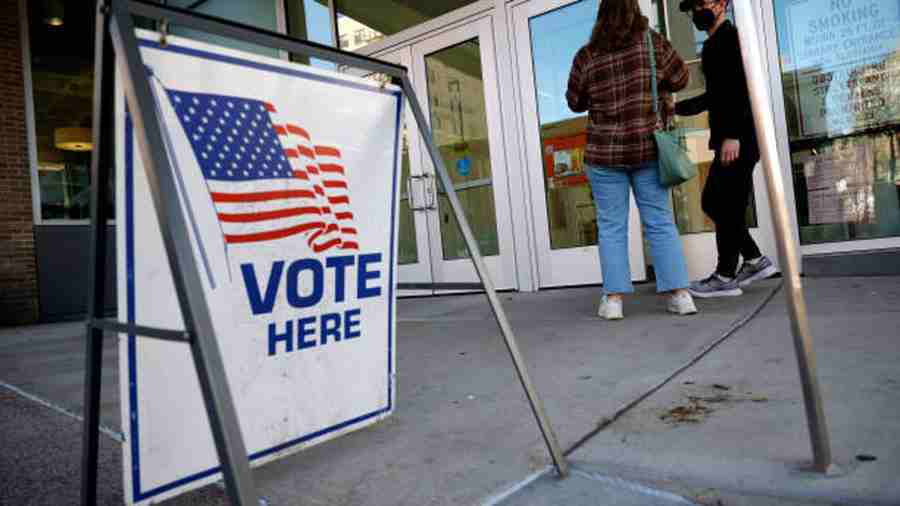All the conditions were there for a wave, but in the end, Republicans appeared to have generated no more than a red ripple.
At the end of a campaign in which the fundamental conditions for Democrats seemed dire — inflation at a 40-year high, an unpopular president — Republicans could do no better than to end the evening still scratching here and there for the seats they needed to win control of the House, the minimum they could call a victory.
All indications were that they would end up at best with one of the weakest performances in decades by the out-of-power party against a first-term President’s party, a stark contrast to Republican gains of 54 House seats against President Bill Clinton in 1994 and 64 seats against President Barack Obama in 2010.
So America leaves these midterms much as it entered: a fiercely divided country that remains anchored in a narrow range of the political spectrum, unhappy enough with President Biden to embrace divided government but unwilling to turn fully to the divisive, grievance-driven politics promoted by former President Donald J. Trump.
The very polarisation of the country functioned as a check, as the passions of one side offset the other.
In the first national test of the political environment since an assault on the Capitol that upended assumptions about the peaceful transfer of power, a pandemic that unsettled society and a Supreme Court decision that took away a long-established Constitutional right to abortion, voters produced a stalemate — an outcome that for Democrats was tantamount to a victory.
They rebuked Biden with a light touch.
Yet they also showed a limited appetite for the burn-down-the-house approach that Trump has spread throughout the Republican Party.
Democrats cast the election as a referendum not on Biden’s record but as a verdict on the state of American democracy, an opportunity to reject the lie that the 2020 election had been stolen.
But from the earliest days of their primary races to the final moments of the campaign, Trump and his party remained steadfast in their devotion to the false premise,promoting their baseless assertions relentlessly and intimating that they would reject election results that left them defeated.
In a reflection of how deeply the lie became embedded in the party, more than 200 election deniers will take office at the national and state level in January. And Florida, which has emerged as a Republican power centre during the pandemic, turned out big margins for the party, with traditionally Democratic counties including Miami-Dade and PalmBeach flipping red.
Yet for a third time, after2018 and 2020, voters displayed the limits of their tolerance for the pernicious strain ofTrump-era politics that appears at times to accept or even incite violence and that challenges a core tenet of democracy: Voters cast ballots and politicians accept the results.
Some of the figures who benefited most from Trump’s backing — like Mehmet Oz, the Republican nominee for Senate in Pennsylvania, Doug Mastriano, the Republican candidate for governor in Pennsylvania and Don Bolduc, the party’s Senate candidate in New Hampshire — were defeated. (Others, like J.D. Vance, the Republican Senate candidate in Ohio, won their races.)
Hillary Scholten, the Democratic candidate in a western Michigan House district, beatJohn Gibbs, a Republican recruited by allies of Trump to primary Representative Peter Meijer, who was targeted bythe former President after voting to impeach him.
New York Times News Service










